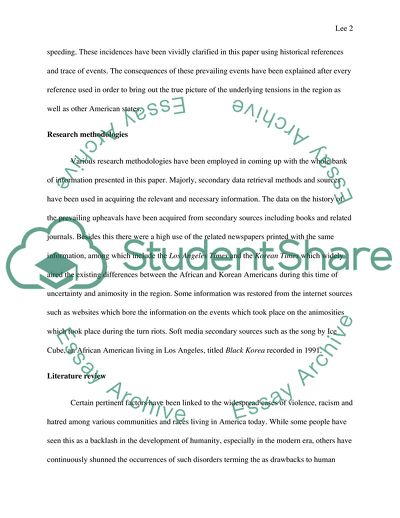Cite this document
(The Los Angeles Riots of 1992 Literature review, n.d.)
The Los Angeles Riots of 1992 Literature review. Retrieved from https://studentshare.org/social-science/1802126-course-in-reasearch-methodologies
The Los Angeles Riots of 1992 Literature review. Retrieved from https://studentshare.org/social-science/1802126-course-in-reasearch-methodologies
(The Los Angeles Riots of 1992 Literature Review)
The Los Angeles Riots of 1992 Literature Review. https://studentshare.org/social-science/1802126-course-in-reasearch-methodologies.
The Los Angeles Riots of 1992 Literature Review. https://studentshare.org/social-science/1802126-course-in-reasearch-methodologies.
“The Los Angeles Riots of 1992 Literature Review”. https://studentshare.org/social-science/1802126-course-in-reasearch-methodologies.


